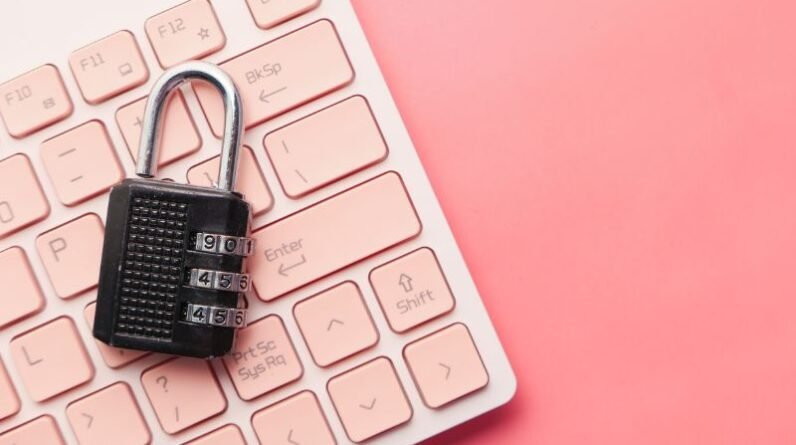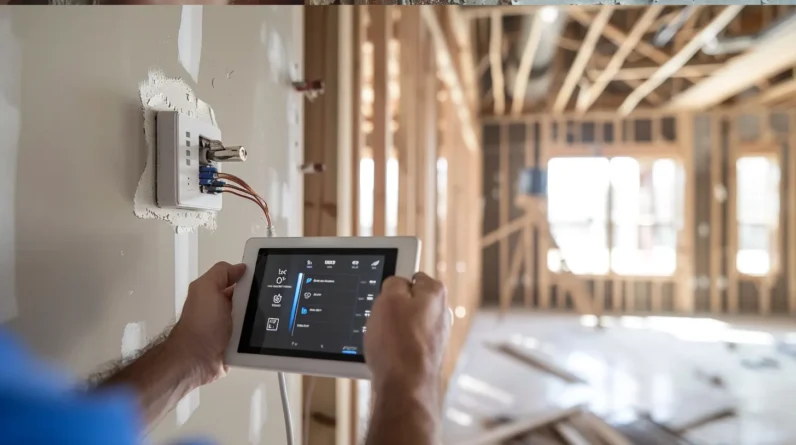
Smart devices come with numerous benefits, but we’re constantly battling the risks they pose to our data and online identities. We need to be aware of the complex ecosystem of interconnected risks, from data collection to vulnerabilities in firmware and software. To maintain our privacy, we must take proactive steps like enabling two-factor authentication, updating our devices regularly, and using virtual private networks. By reviewing device settings and limiting personal data shared with third-party applications, we can also minimize exposure. By taking control of our digital footprint, we can effectively safeguard our personal data and stay ahead of potential threats waiting to surface.
Understanding Smart Device Risks
As we increasingly rely on smart devices to manage our daily lives, it’s essential that we comprehend the risks they pose to our personal data. These devices often collect sensitive information, such as location data, browsing history, and voice recordings. This data can be transmitted to manufacturers’ servers, potentially exposing it to unauthorized access or exploitation. Furthermore, many smart devices have vulnerabilities in their firmware or software, making them susceptible to hacking and malware attacks.
We must acknowledge that our reliance on these devices creates a complex ecosystem of interconnected risks. Understanding these risks is vital in developing effective strategies to mitigate them and protect our personal data.
Securing Your Digital Footprint
Our growing awareness of the risks associated with smart devices underscores the need to take proactive steps in securing our digital footprint. We must adopt a layered approach to minimize our exposure to potential threats. Start by enabling two-factor authentication (2FA) on all smart devices and accounts, using a combination of passwords, biometric data, or one-time codes. Regularly update device firmware and software to patch vulnerabilities and fix security flaws.
Utilize a reputable virtual private network (VPN) to encrypt internet traffic, making it more difficult for hackers to intercept our data. Additionally, we should review and adjust device permissions, disabling any unnecessary access to sensitive information and limiting the amount of personal data shared with third-party apps.
Protecting Personal Data and Voice
Smart devices often come equipped with microphones and voice assistants, which can pose significant risks to personal data and voice protection. We must take measures to secure the data transmitted through these devices. To start, we should review the device’s settings and disable any unnecessary features that require voice or data access. We should also use voice assistant-specific security features, such as wake word customization and voice history deletion.
In addition, we should implement encryption protocols to safeguard data transmitted between devices. Additionally, using a virtual private network (VPN) can help protect our data from eavesdropping and interception. By taking these steps, we can effectively protect our personal data and voice from potential risks.
Safeguarding Your Online Identity
How secure is our online identity when using smart devices? As we integrate these devices into our daily lives, it’s essential we recognize the risks associated with online identity exposure. Our online identities are comprised of personal data, IP addresses, and login credentials, making them vulnerable to cyber threats. To safeguard our online identities, we must implement robust security measures. This includes using strong, unique passwords, enabling two-factor authentication, and keeping our devices’ firmware and software up to date.
Regularly monitoring our online activity and credit reports can also help detect potential breaches. By taking these proactive steps, we can greatly reduce the risk of our online identities being compromised and protect our sensitive information.
Conclusion
As we weave a tapestry of connectedness with advanced smart devices, we must also tend to the delicate threads of our digital lives. By securing our footprints, shielding our voices, and safeguarding our online personas, we can navigate this intricate web with confidence. In a world where data is the currency of the future, our vigilance is the only shield that stands between our private sanctuaries and the prying eyes of the digital domain.







